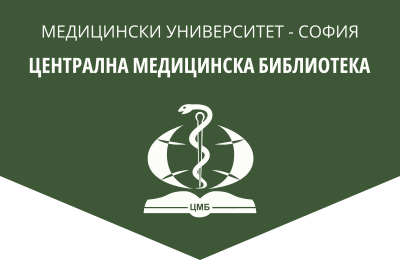Applicability of the one step melanomasurgery (OSMS) in patients with FAMMM syndrome: guidelines related comparative analysisto the current recommendations of AJCC and the EJC
Medical Review (Med. pregled), 2023, 59(6), 44-54.
H. S. Kordeva1, I. Batashki2, М. Dhanarajan1, G. Tchernev1,3
1 Onkoderma – Clinic for Dermatology, Venereology and Dermatologic Surgery – Sofia
2 Medical Institute of Ministry of Interior – Sofia
3 Department of Dermatology, Venereology and Dermatologic Surgery, Medical Institute of Ministry of Interior – Sofia
Abstract. Aсquired atypical mole syndrome or FAMMM syndrome (familial atypical multiple mole melanoma syndrome) is a rare skin disease that is usually associated with the appearance of pigmented lesions on which melanoma could occur. The serious number of dysplastic nevi and melanomas in affected patients is a long-term challenge for every ermatologist/dermatosurgeon, which requires the careful regular monitoring and charting of the evolution of each pigmented lesion with a view to its rapid removal (if necessary) and prevention of its transition to melanoma. The presented work is focused on a young patient with an acquired form of atypical mole syndrome, in which a significant number of dysplastic nevi and melanoma in situ lesions were removed. The serious risk of developing melanomas in this group of patients requires their close monitoring and performing a serious number of surgical interventions. Following the recommendations for surgical treatment of melanomas according to the AJCC/EJC currently requires two surgical procedures aimed at the complete removal of suspected thin melanomas or melanoma in situ lesions.The OSMS personalized melanoma surgical treatment guidelines make this possible in just a single surgical session. According to OSMS, the baseline assessment of lesion morphology and size and the subsequent one-step procedure does not rely on histological analysis after the first surgical session (as in the AJCC/EJC guidelines) but on other preoperative non-invasive but highly informative methods such as: clinical picture, dermatoscopy, ultrasound measurement of tumor thickness, confocal microscopy, Raman spectroscopy, optical coherence tomography. A combination of the above-mentioned methods allows the simultaneous/parallel determination of the tumor thickness and the size of the lesion, and therefore makes the one-step guide for surgical treatment of melanomas more gentle, preferable and financially more sustainable. At the same time, the risk of delay or postponement of the time set for the second surgical intervention is also neutralized, as well as the risk of more serious postoperative complications occurring within the two surgical sessions. The feasibility of applying a modified one-step algorithm to the treatment of thin melanomas, melanoma in situ, and severely dysplastic nevi and the benefits this approach could provide to patients, are discussed.
Key words: atypical mole syndrome, FAMMM syndrome, one step surgical removal, OSMS,CDKN2A
Address for correspondence: Prof. Georgi Tchernev MD, Department of Dermatology, Venereology and Dermatologic Surgery, MI of MIA, General Skobelev 79, Bg – 1606 Sofia, e-mаil: georgi_tchernev@yahoo.de
